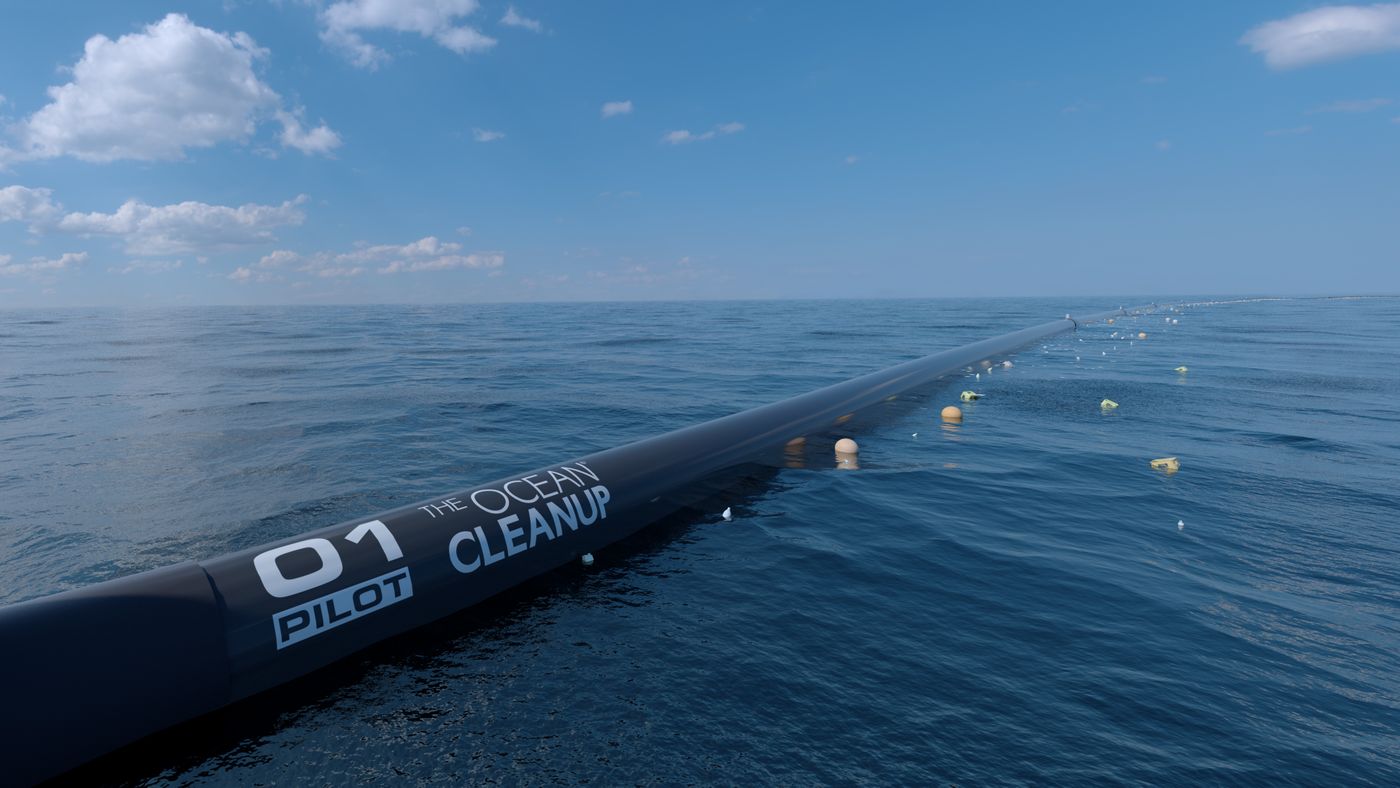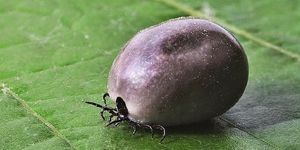Ocean Cleanup Tests New Plastic-Collecting Prototype
Since its founding in 2013, The Ocean Cleanup has carried out extensive research and simulations, embarked on several large-scale plastic-reconnaissance expeditions, and learned from prototype-testing. The current result of these efforts is a revision of the first design of their ocean-plastic-collecting apparatus. The new plan was announced in May 2017, is currently being tested in the North Sea and is scheduled for Pacific trials soon after. The group aims to deploy the first operational system within the year.
Founder Boyan Slat’s original plan was to build a series of plastic traps, like horizontal funnels, out of V-shaped barriers floating on the ocean surface and moored to the seabed. Both this design and the current reiteration aim to use the ocean’s currents to passively collect plastic from the surface. The new design entails the use of an array of smaller, drifting U-shaped screens that will be equipped with sea anchors about 600 meters below the surface.
“Maybe at first sight, this approach seems counter intuitive – you might expect that putting up a fixed barrier would be most effective in our attempts to catch plastic,” says Slat. “When you think of it, it becomes more logical,” he adds, pointing out that establishing a difference in speed between the plastic and the barrier is the most important factor in collecting plastic.
“If you then follow the same, or a similar path as the plastic, you will end up with your cleaning systems in the areas of the highest concentration. The effectiveness of this way of working, according to our models, is about twice as good” he explains. The Ocean Cleanup’s models of this system show it can clean 50 percent of the Great Pacific Garbage Patch’s (GPGP) plastic in five years, in contrast to the previous outlook of cleaning up 42 percent in 10 years. The plan is for the plastic to be collected and recycled. According to The Ocean Cleanup, “many parties have expressed an interest in obtaining” their collected ocean plastic and some of it might “be turned into oil” to run their support vessels.
The new, mobile barriers are designed to naturally gravitate to areas where the plastic gravitates. Just as the ocean’s currents move plastic and other debris into five regions called gyres, they gather plastic “at higher concentrations in certain zones of the GPGP; it’s like having little patches within the patch,” says Oceanographer Julia Reisser, who leads the ocean plastic research team. “This means that if we can well predict or monitor these little patches -- via satellite maybe -- we can enhance the efficiency of cleanup operations.”
During the previous research expeditions, Reisser was surprised by the amount of large plastic debris in the GPGP. “Some of these items are bundles of fishing nets weighing more than a [ton]!” she expresses. She was also concerned to learn through their research “that the plastic loads within surface waters of the GPGP far outweighs the biomass inhabiting this marine region … there is far more plastic than natural prey available for surface feeders such as marine turtles and sea birds.” She and her team have now completed their research on the results of The Ocean Cleanup’s Mega and Aerial Expeditions and "Pollutants in Plastics within the North Pacific Subtropical Gyre" was published in Environmenal Science and Technology in Nov. 2017.
The Ocean Cleanup’s original moored model was designed to allow marine life to move around or float under it. Slat says the 
While the project still faces questions, such as how the new screens will hold up to the ocean’s powerful forces, the new model may possess advantages over the original. Along with the predicted improved efficiency, the smaller systems will be cheaper and easier to build, test, fix and remove if necessary. Construction of a full array could scale up gradually over time.
In late Sept. 2017, The Ocean Cleanup announced on its Facebook page that the “new North Sea prototype test program is now up and running in its full setup.” It runs the tests in the North Sea off the coast of The Netherlands because of the extreme weather conditions there. The website explains that these tests will evaluate two new floater-screen connections in three variations in order to find the strongest version. Antifouling methods, which counteract the growth of organisms on underwater surfaces, will also be tested. These processes aim to prevent biofouling that could attract sea life or hinder the system’s performance. In Oct., The Ocean Cleanup posted on social media that the floater (the part that catches plastic and keeps the system afloat) “of the first ocean cleanup system is in production.”
If The Ocean Cleanup sticks to schedule, the Pacific trials of the new design will begin soon and the first cleanup system will be deployed in the Pacific in mid-2018.









